As winter looms on the horizon, it’s likely that classic cars will be in storage for longer than usual. So how can owners ensure their car is correctly stored and will emerge, like a sleeping beauty, from its hibernation in good health?
Here, nine experts in the fields of storage, fuel, oil, tyres and maintenance share with the Hagerty community advice for keeping cars in tip-top condition while in storage. It’s now your duty to pass them on to fellow enthusiasts.

Our panel, from Classic Oils, Windrush storage, Hexagon Classics, Vintage Tyres, Classic Heroes and of course, the team at Hagerty, share their knowledge – knowledge that’s come from decades of caring for classic and modern classic cars – so that your car rolls into the daylight ready to spread its wings.
Prepare your garage
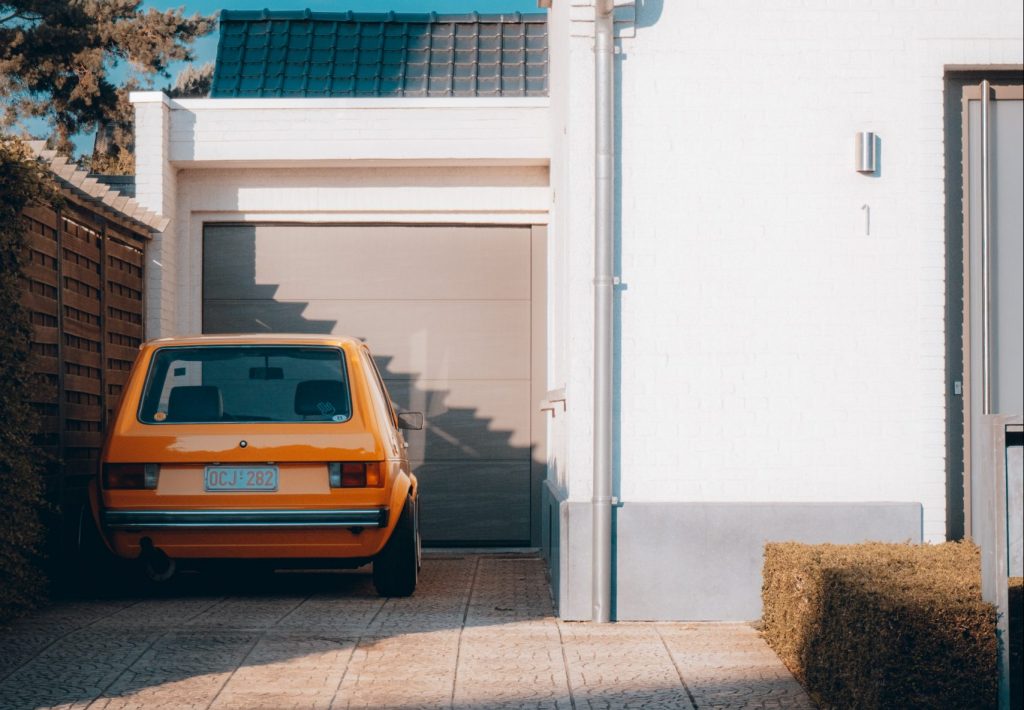
Tim Earnshaw Windrush car storage
“When locking away your classic in your garage, security and controlled environment are key. Ensuring that the latter is achieved is the greater challenge, as moisture is arguably the biggest killer of most classic cars, as metal, leather, fuel & oils all degrade with prolonged exposure.
Preventing humidity is the key to safeguarding a car stored in a typical garage, especially during the autumn and spring months. That’s because the air becomes relatively mild during the day and then plummets in temperature during the night. As the air cools more rapidly than the surrounding objects inside your garage (cars, tools, concrete flooring) the dew point is reached, at which point the air releases moisture onto these objects in the form of condensation. Older cars tend to have more exposed metal, cracks in paintwork or exposed metal on their chassis, making them susceptible to this moisture. Left unchecked it will slowly degrade the condition of your cherished motorcar.
The best way to avoid this is to control the environment. This can be achieved by insulating the garage, preventing draughts and fitting a dehumidifier. Each of these steps will help.”
Fit a fire alarm and extinguisher
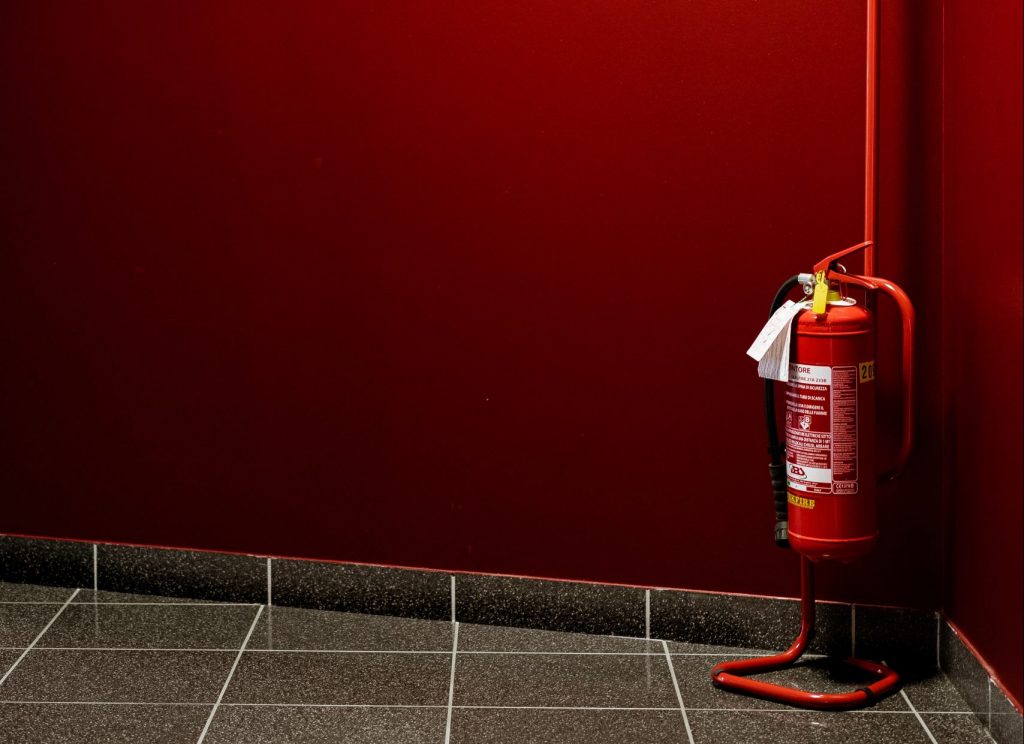
Tim Sawyer Client Services, Hagerty
“Accidents and incidents with laid-up cars are thankfully rare but not unheard of. Which is why some simple safety precautions should be put in place when a car with fuel is left indoors, with a battery charger running. Fitting a fire alarm not only safeguards your classic and garage; in also offers peace of mind if the garage is attached to your home.
The recommendation for a garage is a heat detecting type of alarm. These will alert you to any sudden increase in temperature but won’t be triggered by fumes from an exhaust. If the alarm can be linked to other alarms in your home, you will have the greatest protection. And keeping a fire extinguisher in the garage can provide an additional level of protection.”
Deep-dry your car

Barney Halse Classic Heroes
“Most classic car owners will be aware that it’s not a good idea to put a wet car into a garage, but remember that you need to dry more than just the paintwork.
If you drive a car in the wet and put it away wet, the car remains damp underneath for a surprisingly long time and that’s when corrosion creeps in. If you can, take it for a drive once the bad weather has passed, or after washing it, and let the wind do its job and deep-dry the car. Then put it away while it’s still dry and warm.
Remember, if you wash the car and put it away immediately with wet brakes and the handbrake applied, moisture between the brake discs and the brake pads causes corrosion and this can lead to what we call ‘brake pad shadow’ – literally an area of corrosion on the disc that’s the shape of the brake pad. It can cause bad vibrations, and if you’re really unlucky the only answer is replace the discs and pads, which would be a costly mistake in anyone’s book!”
Remove moisture using a dehumidifier
James Mills Hagerty UK editor
“Think your car’s safe and sound in your garage, away from the damaging effects of sunlight and all that the elements can throw at it? Think again. Even in a well-ventilated garage, the air is likely to have a high humidity level. And as we all know, that’s bad for the dreaded r-word: rust.
Assuming you have mains electricity in the garage, consider investing in a portable dehumidifier, with the aim of reducing relative humidity levels to around 55%. I’ve tested a good number, and a good household unit is somewhere between £200 and £250. And by good, that means something with a high rate of moisture extraction over a 24-hour period (around 20 litres is a good target), automatically adjustable fan speeds and air direction, and the ability for continuous drainage so that you don’t have to empty the water tank once or twice a day.”
Spin the tyres
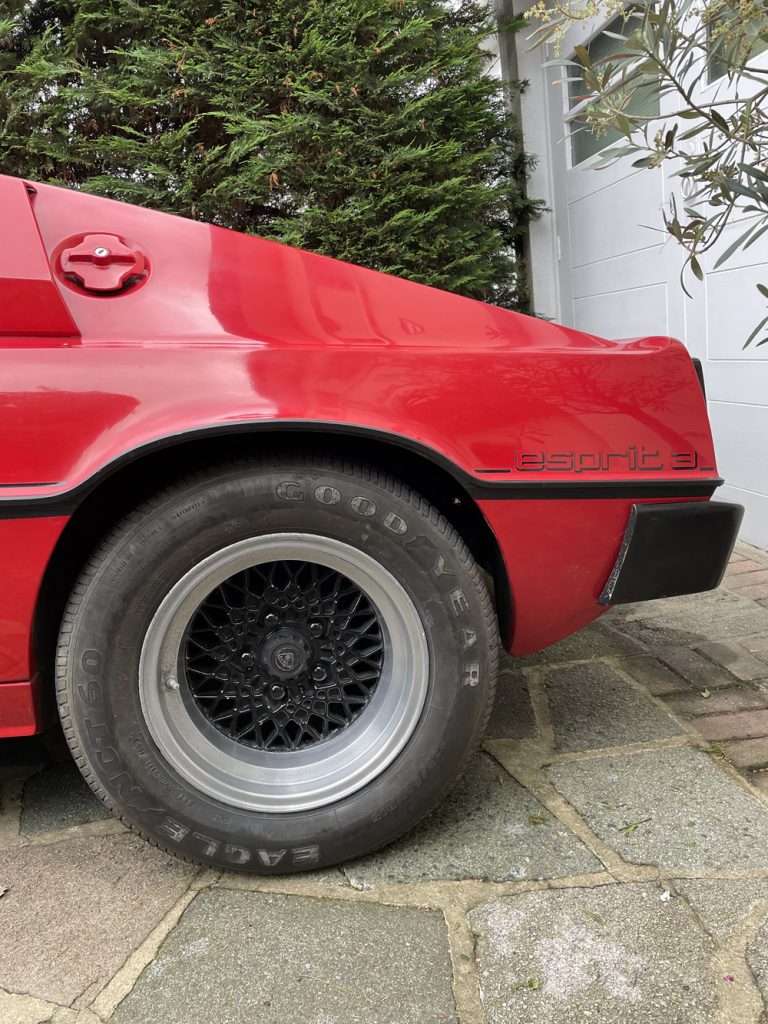
Ben Field Vintage Tyres
“All tyres, but particularly crossplies, will get develop flat spots when they sit in the same position for a long period of time. Tyres that are otherwise in good condition will regain their correct shape when they get some heat in them from a drive, but you can help prevent lasting damage by taking some simple steps.
Before storing the car, ensure the air pressure is at its highest recommended setting. Then check pressures regularly. Next, on a regular basis it’s a good idea to can roll the vehicle backward and forwards, thereby standing the tyre on a different area. If there’s not enough room, jack up the car and rotate the wheel and tyre yourself.
Carry out a visual inspection, checking for signs of aging, such as cracking. And pay attention to the age of the tyres. Those made from 2000 have a four-digit date stamped on the sidewall. The first two digits represent the week, the second two the year, so ‘0614’ means the tyre was made in week six of 2014. We recommend that tyres are changed at ten years.
And finally, don’t forget to return tyres to the correct pressure before using the vehicle.”
Invest in a battery charger
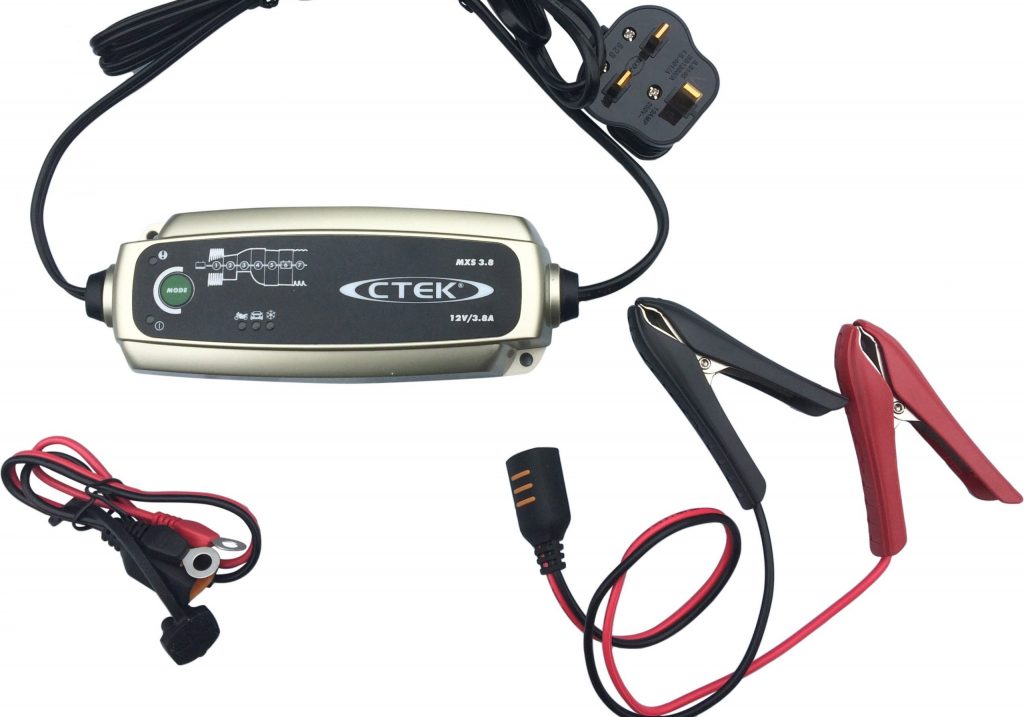
John Mayhead Head of Valuations, Hagerty
“When a car goes into prolonged hibernation, so does the battery. Even if you disconnect it, this can be bad news, because over a long period the battery will run down regardless and that can cause the build up of damaging internal deposits and affect the battery performance, even rendering it fit for recycling.
It’s better then to treat the battery to a trickle charger. The best ones are self-monitoring, which means they condition the battery, monitoring and adjusting its state of charge to keep it fit and strong. Pick the right charger for your car’s battery type – a lead-acid or lithium battery, for example – and one that will deliver enough power for your needs. Brands including CTEK, Sealey, Maypole and Clarke rank well in independent tests.”
Don’t be a fuel: leave it empty and fill with fresh fuel
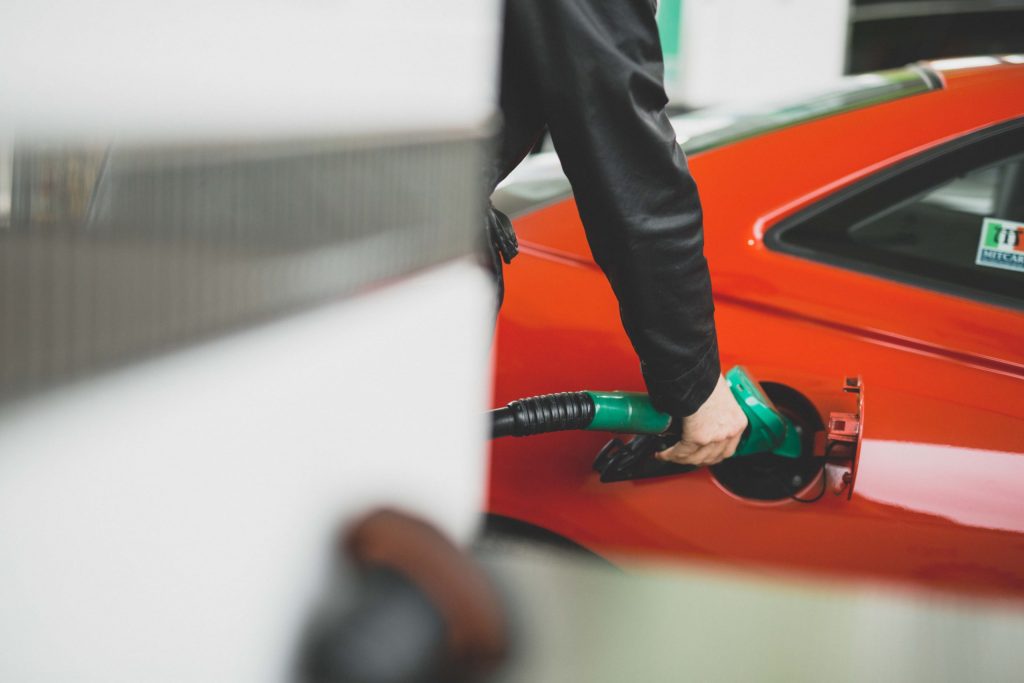
Bill Nathan Hexagon Classics
“I have been involved with modern, classic and racing cars for longer than I care to remember, and one of the common problem areas that many owners forget about is the age of the fuel.
Many people in the classic car world advise that you put a car into hibernation with a full tank of fuel and add some additive, but in my experience I’ve yet to find a stabiliser that works, and the molecular structure of fuel degrades over time. And once fuel degrades it can cause all manner of problems affecting the fuel lines, the filter, injectors or spark plugs.
Owners will bring a faulty car to us and say, ‘I don’t understand, it was running fine when I put it into storage.’ So my advice is to store a car with very little fuel in the tank. Then, when you come to bring it out and start the engine, add around 20 litres of brand new, premium grade fuel to the tank. You can use plastic fuel cans or a jerry can to do this.
Once that’s added, and all other fluid levels have been checked – oil, coolant and brake fluid – it’s then safe to awake your classic from hibernation. Also, if the worst comes to the worst, you only have a small amount of fuel to drain from the tank.”
Run the car up to temperature
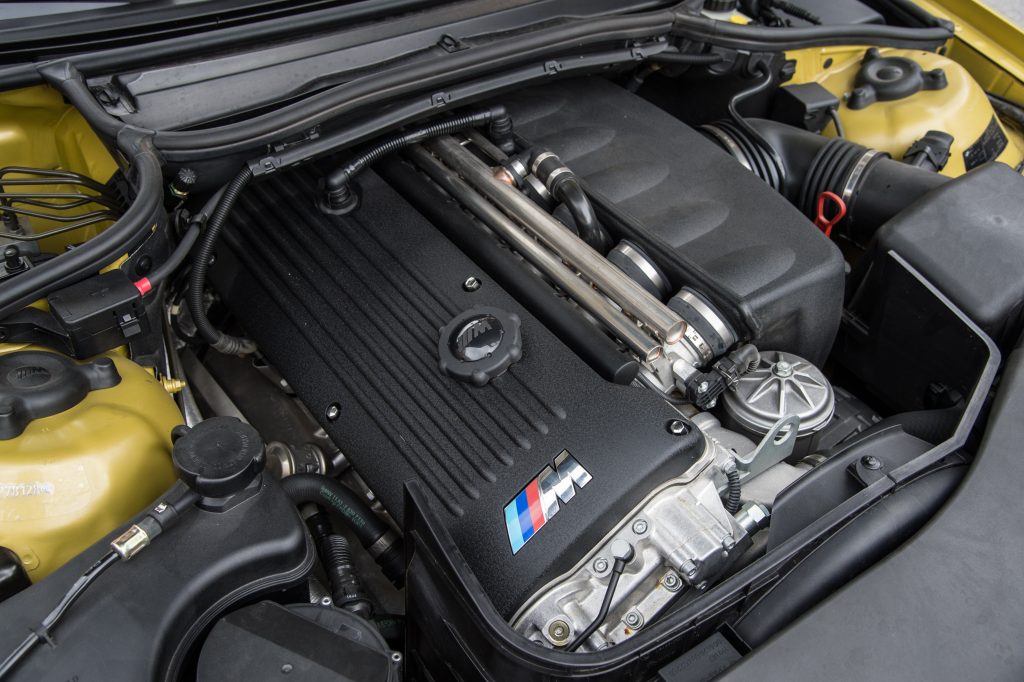
Guy Lachlan Classic Oils
“It’s remarkable how long engine oil – even used engine oil – will preserve an unused engine. Even after decades of storage, stripping down an engine reveals remarkable amounts of the oil still clinging to moving parts, protecting from corrosion and waiting patiently for the engine to be restarted.
Starting the engine from time to time is a good idea during storage, but we always recommend that once started, the engine – and ideally the whole car – is warmed through thoroughly. This is for two reasons; firstly, most wear occurs at start-up, so the fewer engine starts per engine-hour the longer it will last. Secondly, it allows time for any water vapour in the crankcase and combustion chamber to be driven off as the engine gets thoroughly warm.
If doing it at home make sure you have plenty of ventilation and don’t overheat the car, easily done if it lacks a radiator fan.
People often ask if it’s better to change the oil before or after storage. To be honest we say it doesn’t matter in a normal year, as long as the change isn’t overlooked completely. Just decide which end of the storage period makes more sense to you and stick to your chosen schedule.”
Grab the grease
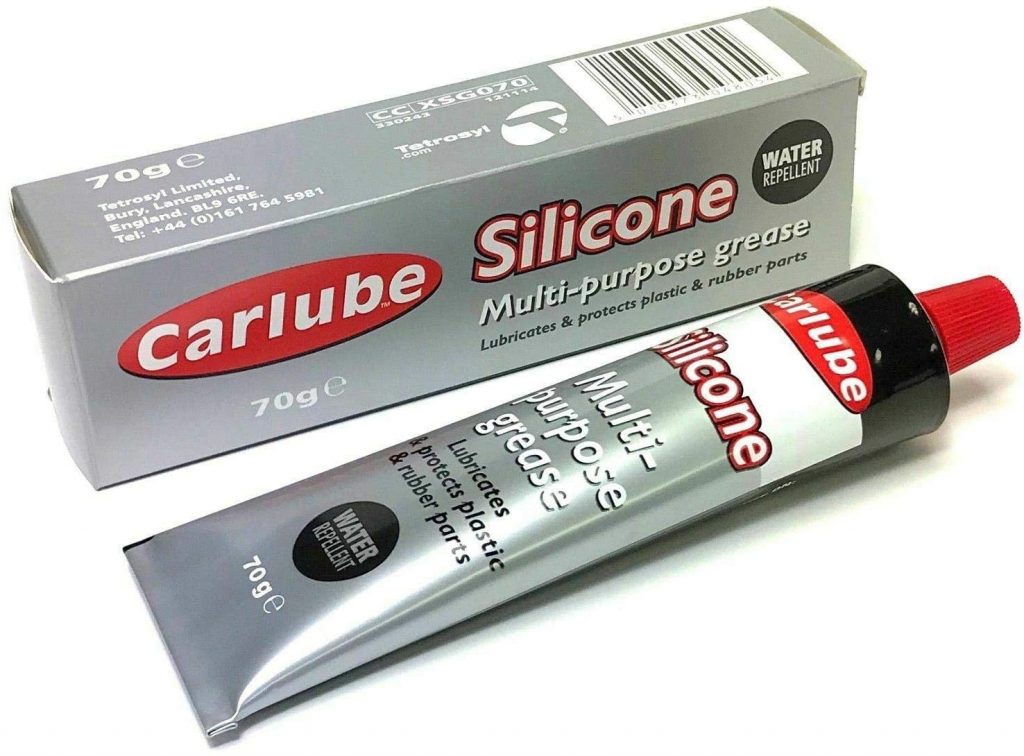
Barney Halse Classic Heroes
“Modern classics are built using a lot of rubber. Things like the door seals, window seals, shut points for the boot and bonnet and even the seals fitted to convertible cars and roadsters will be strewn with the stuff. And over time the rubber gets dirty, can harden and ultimately begin to perish.
Happily, keeping rubber seals in good condition is a doddle. All you need is a tube of suitable silicone grease or a can or silicone spray, and a cloth to apply it with. After the car has been washed and dried, take your silicone and wipe it over every rubber seal, remembering for example the less obvious places such as underneath the doors. It’s a cheap, easy job that requires no tools and has been known to have a therapeutic, calming effect!”
Read more
Storing and caring for your motorcycle during winter
Reviewed and Rated: The best wiper blades for your car
Elbow Grease: Cleaning wheels, preventing rusty brake discs and removing dog hair from carpets












Excellent information sound advice
All good advice, I noticed one missed tip that should be highlighted, Mice! – the cost of a re-wire after mice have destroyed the loom can be frightening ! Do install traps in your garage, and check them regularly!
A very important point. Hope you aren’t speaking from experience, George. Here’s how one driver beat the mice – after learning the hard way:
https://www.hagerty.co.uk/articles/no-more-mr-mice-guy-how-one-driver-beat-the-rodents-eating-his-car/